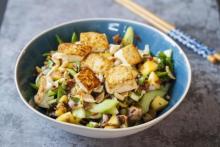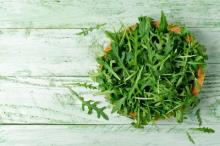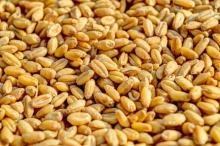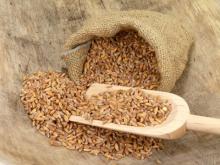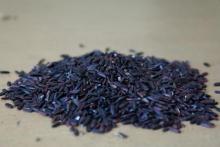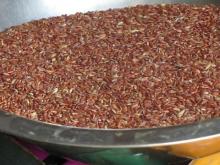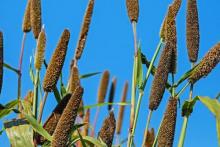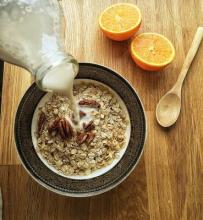All You Need To Know About Tofu
Tofu. The very word instills disgust in the mouths of many omnivores, and even in some who abstain from meat products. And with good reason! Since the 1960s, the idea of “tofu” has been used in U.S. media to conjure up images of gross, weird, vegetarian and vegan food – in the collective psyche, it’s almost a four-letter word, one that’s practically synonymous with vegetarianism itself.

